Car crashes are a leading cause of injury and death for youth in America – even when they aren’t behind the wheel. As a passenger, you are still at risk every time you get into a vehicle. Learn more about the risks you and your peers face and how you can speak up for your safety and theirs.
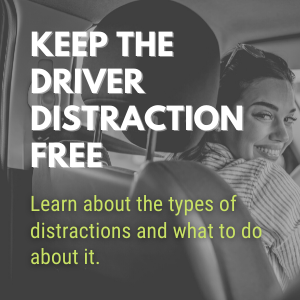 |
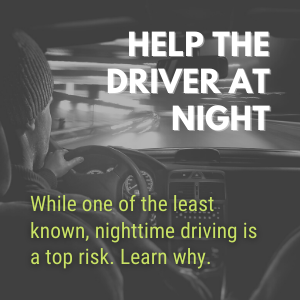 |
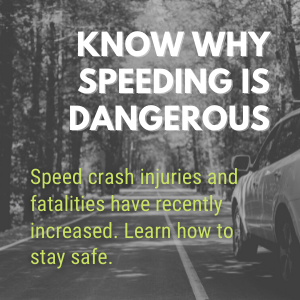 |
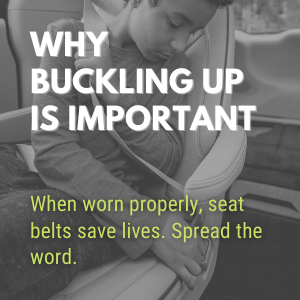 |
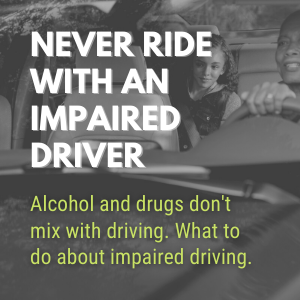 |
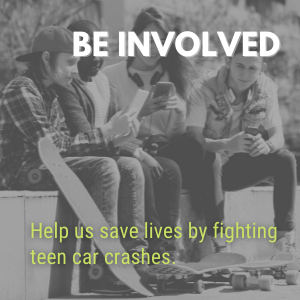 |